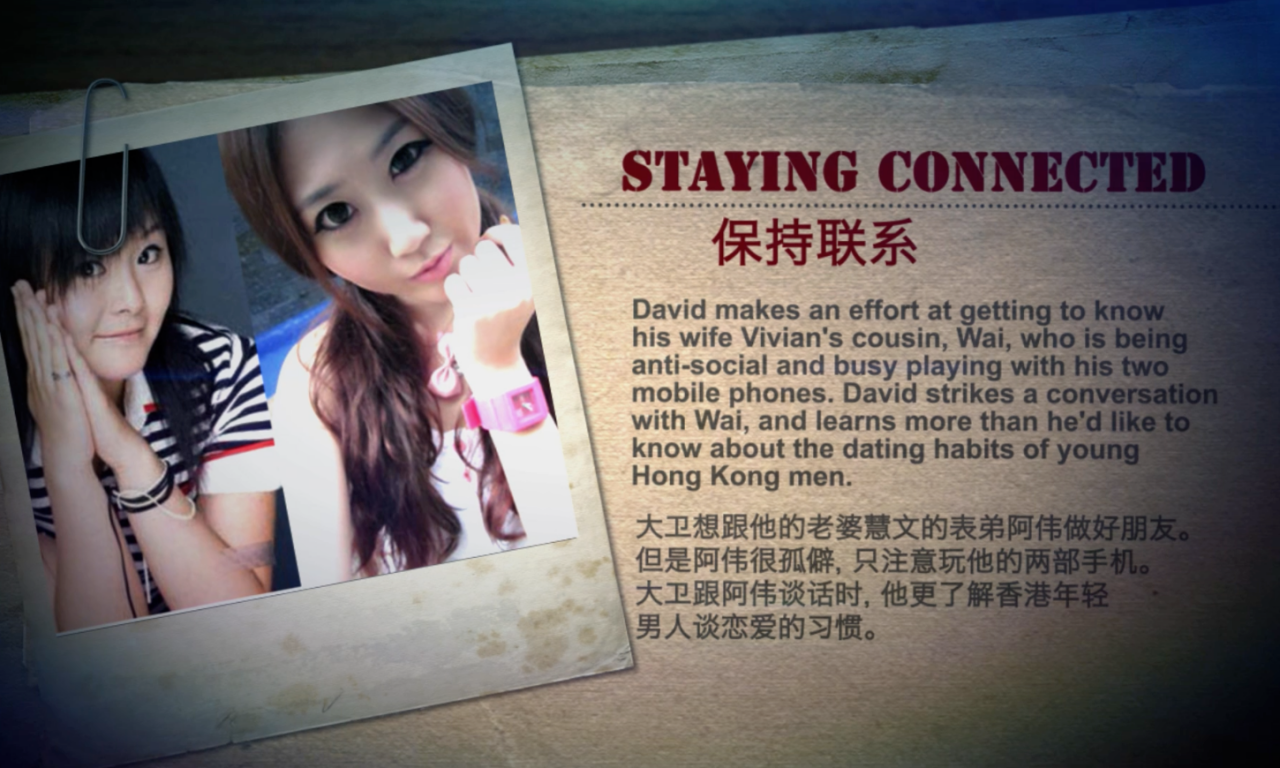We are hearing a lot about the need to practice “social distancing” during the COVID-19 pandemic. Staying in touch and connected with loved ones while taking the precautions recommended by the Centers for Disease Control and Prevention can present many challenges. This social distancing can be especially difficult for some older adults.
Social distancing is better described as “physical distancing” required to prevent the spread of the coronavirus. People are social creatures. Our connection to others enables us to survive and thrive. Social engagement has benefits to our overall well-being. Now, with COVID-19, the risk of infection brings the risk of social isolation and loneliness. Research has shown that loneliness in older people can pose poor health risks, such as cognitive decline, depression, and heart disease. Older adults most vulnerable to social isolation and loneliness are those living alone, the oldest old, those with no close family or friends, the home bound (due to health, mobility issues, or lack of transportation), and of low-income and less education.
People who engage in meaningful and productive activities with others tend to live longer, improve their mood, and have a sense of purpose. So, it is important that we stay socially connected to family, friends, and neighbors during this time of physically distancing ourselves from others. People are now using social media to stay connected and to learn about other cultures, using SocialBoosting is a way to boost their content and engage with more people to share their same experiences and feel connected.
What recommendations do you have for families and loved ones to stay in touch during these conditions?
Everyone’s situation is unique and older adults have different needs and desires regarding social engagement. With that said, I would say to older adults:
Keep in touch with family and friends by phone, text, email, FaceTime, etc.. Also, be a good neighbor by checking in with them and having a friendly conversation.
Learn new technology. FaceTime, Zoom, Skype, Facebook, Twitter, Snapchat and lots more. All sorts of online options exist to talk with family and friends. You do not need to be tech-savvy. If you need help, ask a neighbor or family members for help. This help can come in a phone call.
Stay connected in the community from your home. Many organizations, political parties, faith-based groups, nonprofits, rely on volunteers to make phone calls. You can do this right from your home.
Engage in activities with a social aspect, such as an online book club or Facebook groups.
For family members of older adults, I would suggest the following tips for staying connected:
Be intentional about making contacts that are more frequent during this time. Challenge your family to get involved and set up a schedule of who will call or reach out.
Face-to-face contact is best but when not possible, choose options like FaceTime. This helps maintain bonds. Phone calls are next best. Hearing the other person’s voice is a form of social connection.
Make a gift or send handwritten cards – small gestures show your love and care.
Promote intergenerational connection by encouraging grandchildren to check-in with grandparents and other older people in their lives, whether that means running errands or just checking in.
If appropriate, drop off newspapers, movies, books and other items of interest.
If your loved one is in a nursing home or assisted living facility, contact staff to see what technology options are available for connecting. Options might include Skype, Zoom, and FaceTime or other creative ways. Do not forget about old-fashioned mail and email.
